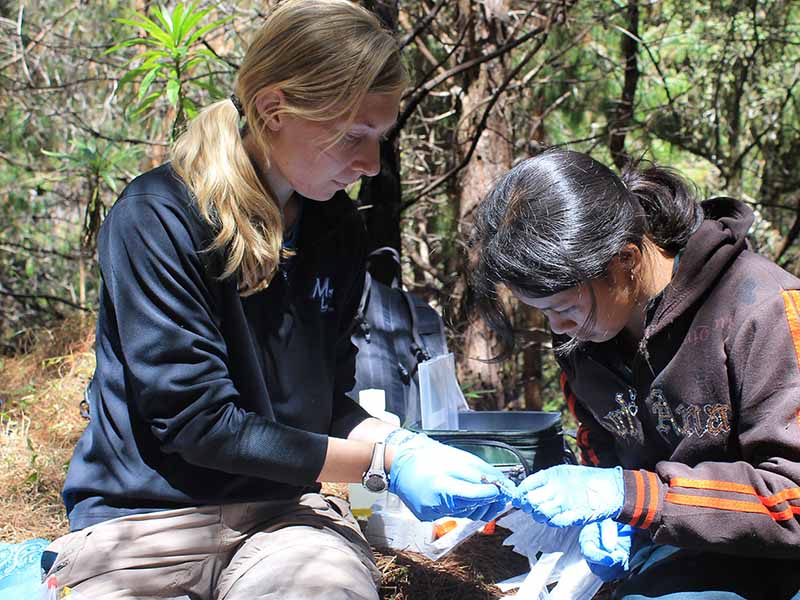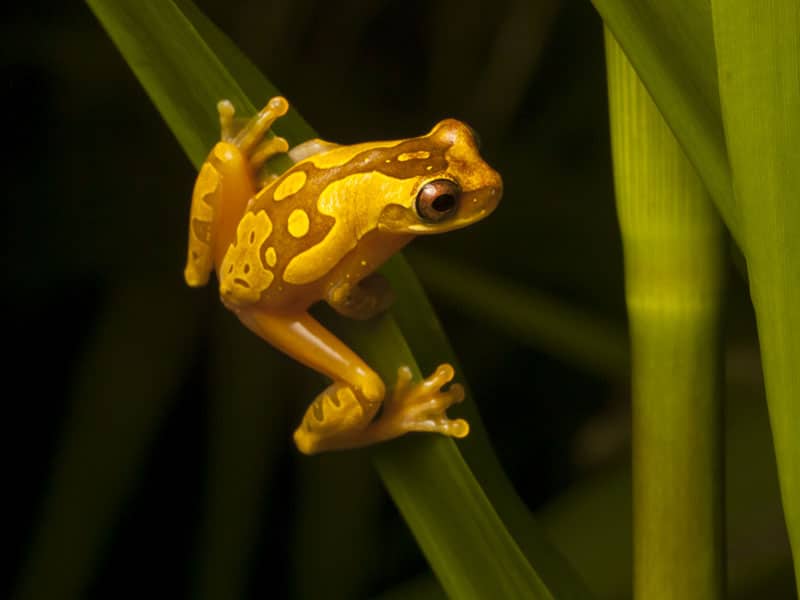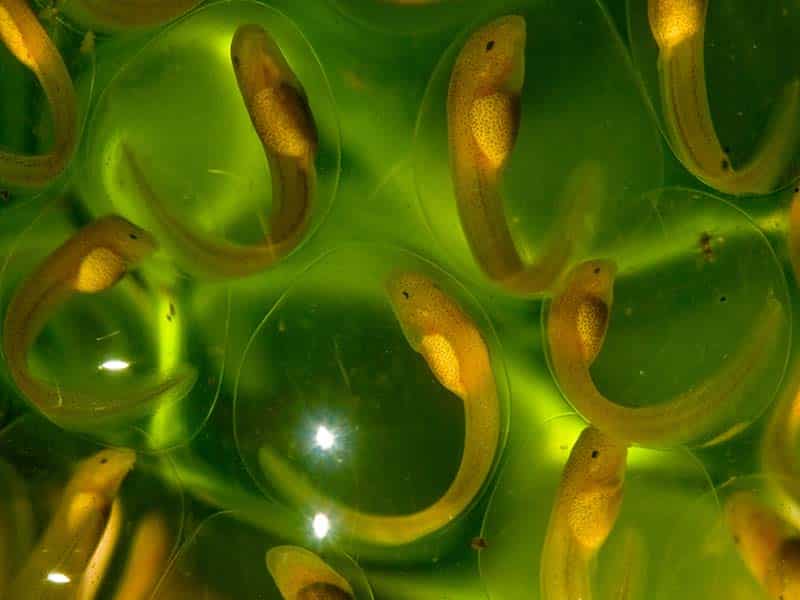Amphibians
Advancing Knowledge
Comprehensive knowledge is a vital component of any species conservation effort. The Global Amphibian Assessment (completed in 2004), assessed amphibian species for their extinction risk for the first time, using the International Union for Conservation of Nature Red List of Threatened Species criteria. Since then, it has proven expensive and difficult to keep these assessments up to date. As a result, we are missing a lot of information on which species are most threatened, and we have not yet identified most of the Key Biodiversity Areas for amphibians.
While amphibians often do not benefit from broader conservation measures, their protection can provide broader conservation benefits. This protection will only be feasible if the knowledge gaps on these species are filled.
The Amphibian Programme is helping to fill gaps in knowledge by:
Supporting work to update amphibians on the IUCN Red List of Threatened Species.
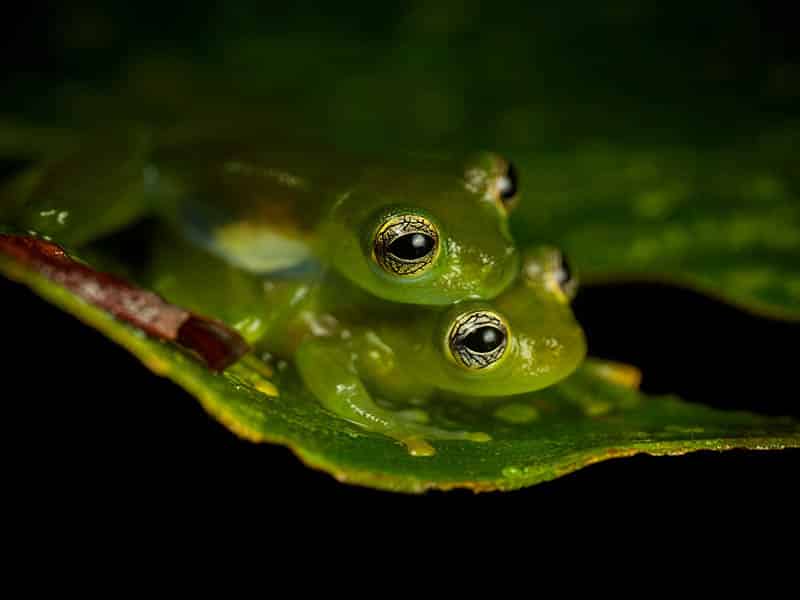
The IUCN Red List is the fundamental dataset used to guide amphibian conservation. A major effort is currently underway, partially supported by Synchronicity Earth, to update all the amphibians on the IUCN Red List by the end of 2020.
Identifying Key Biodiversity Areas for Amphibians.
As habitat loss is the most important threat to amphibians, and because they have such tiny ranges, KBA designation is a critical step towards safeguarding these species.
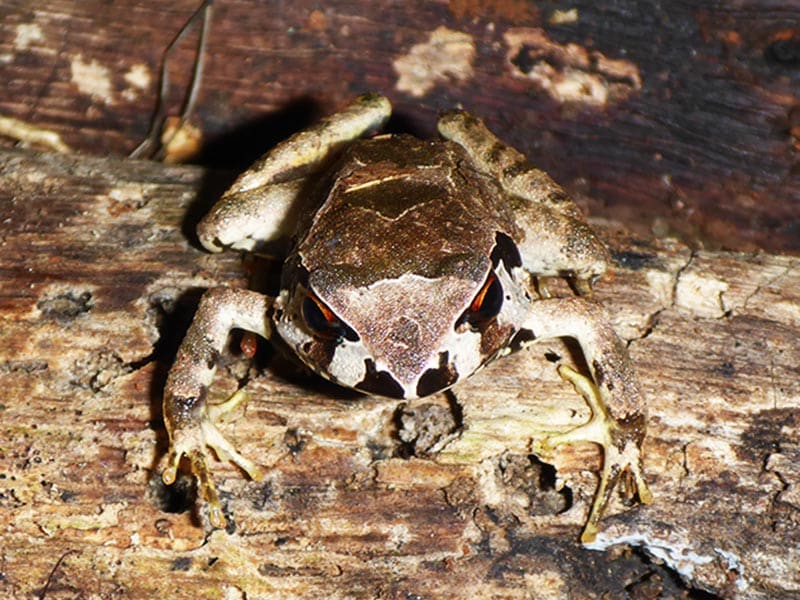
Using the improved knowledge base to support and develop targeted conservation for amphibians most at need.
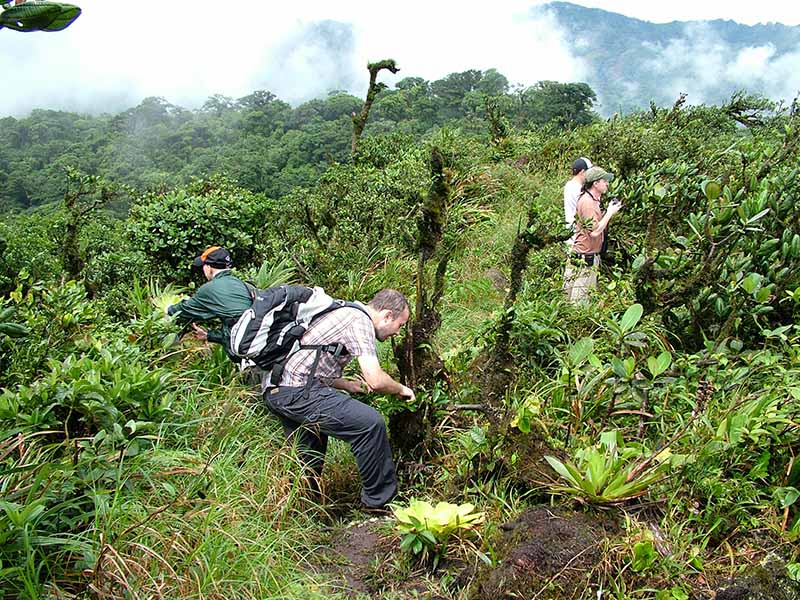
Using more comprehensive knowledge gained through these efforts helps Synchronicity Earth and its partners to understand where the most urgent gaps for amphibian conservation exist, and helps us to direct support and funding to build organisations and capacity to address these gaps.
* Images (L to R): Paul Bertner; Save the Frogs! Ghana; George Sunter
“Synchronicity Earth’s support is helping to raise awareness of the urgent need to identify and conserve globally important sites for amphibian species to avoid further species extinctions and biodiversity loss.”
Penny Langhammer, Director of Key Biodiversity Areas, Amphibian Survival Alliance
Coordinating knowledge on amphibians
Partner Profile: SSC Amphibian Red List Authority (ARLA)
ARLA is a body of several hundred amphibian experts working around the world to update amphibian information on the IUCN Red List of Threatened Species and is part of the IUCN Species Survival Commission (IUCN SSC). After the current update is completed at the end of 2020, around 1,000 species assessments will be needed per year to keep the Red List up to date. To do this, ARLA needs a long-term funding consortium to ensure that the information on amphibians on the Red List never becomes seriously out of date again.
Phil Bishop, co-Chair of the IUCN SSC Amphibian Specialist Group (ASG), which oversees ARLA, highlighted the importance of working collaboratively to achieve a “more coordinated approach to amphibian conservation, addressing the most pressing issues first”.
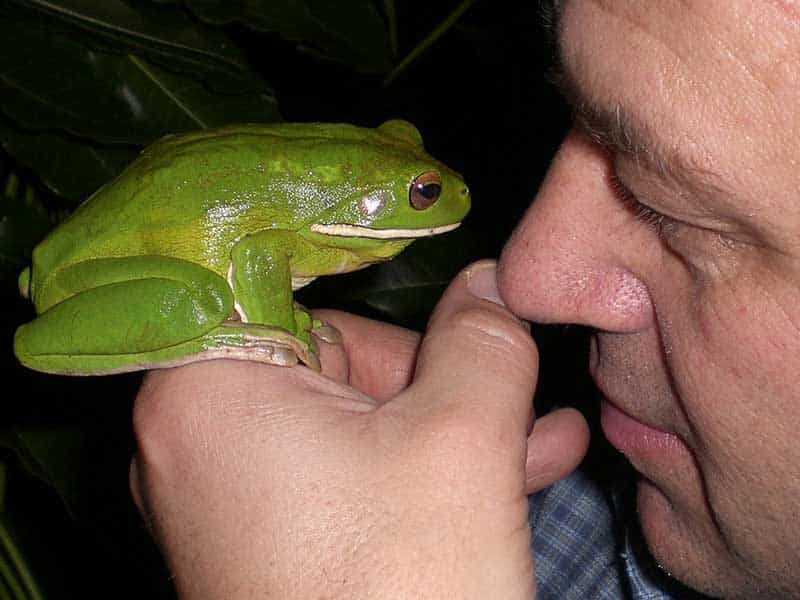
Image © Phil Bishop
“If you look at birds, there are very few species in the world that haven’t been studied, whereas for amphibians, at least 25 per cent of all the species that we know of have never been studied so we just don’t know how well they’re doing – it’s likely that most of them are highly endangered as well, but we just don’t know.”
Phil Bishop, Chief Scientist of the Amphibian Survival Alliance


